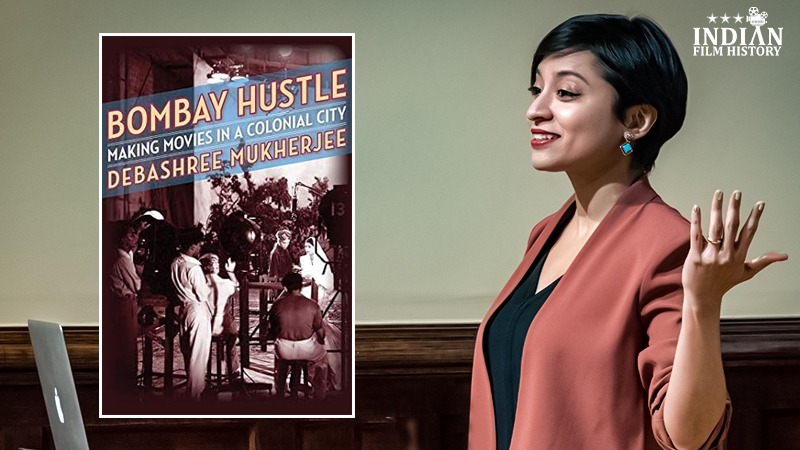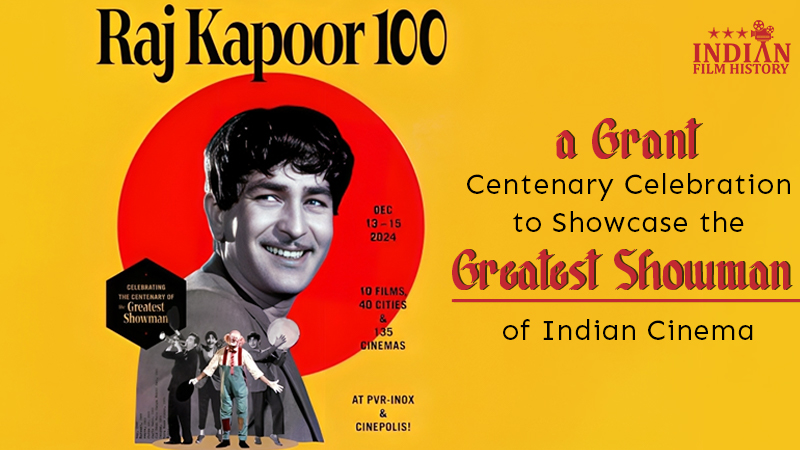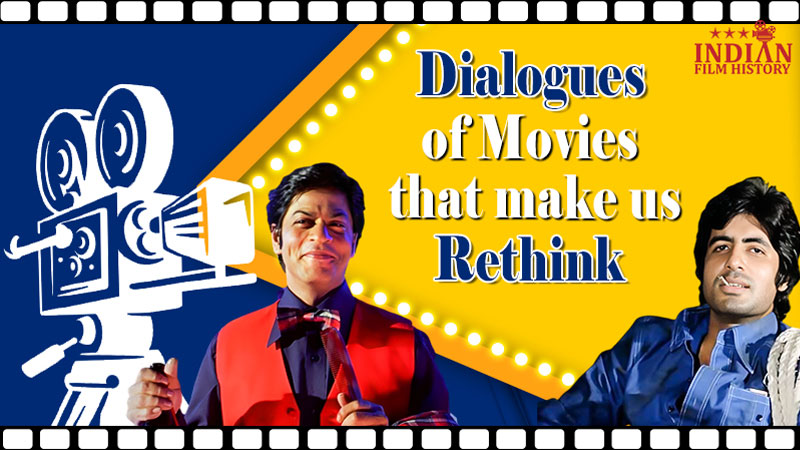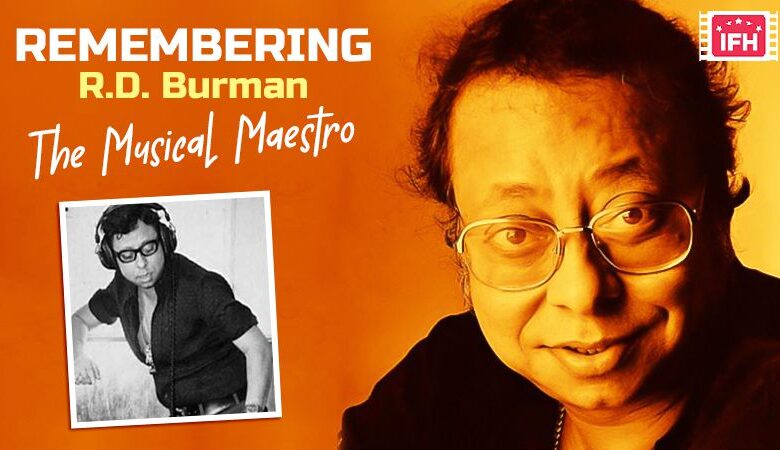Bombay Hustle, published at the Columbia University Press, tracks down the extracts of the earliest elements of the cine-ecology of Bombay City by Debashree Mukherjee. The star-studded city that ruled the silver screen for decades. In her book Bombay Hustle, she narrates why Bombay City was linked to cinema. The book also emphasized the mill workers that influenced the advent of the film industry and its influence on cinema in Bombay.
Bombay City- The Cultural Magnet for Cinema Dreams:
Bombay being the cultural and financial hub, had many writers and financiers flocking to the city in large numbers, some migrated to Bombay to start their living and in turn became an integral part of the audience of the talkie cinema. Bombay soon became the cosmopolitan centre for all the men and women who came with hope in their eyes of doing something creative and finding a foothold for themselves to achieve or fulfil their dreams to make it big.
1929-1942 Bombay's Cinematic Transition to Talkies:
It was between 1929 and 1942 the Indian Film Industry made its transition from the silent era to talkies. This was the period when Bombay started becoming the centre for all film productions. This was the phase when Bombay's Textile Industry and the well-known strike hit the mills and brought in the struggles of the labour class and the women started to come out of their homes to become more prominent in the public areas. The era when the transition took place had three reasons, one was the political move, and the other was the social and economic flux of that time that was needed to survive.
Malad's Cinematic Legacy- From Bombay Talkies to Modern Mumbai:
Bombay Talkies was those days situated in Malad, a western suburb of Mumbai which later was transformed to becoming workshops of metals, and garbage dumps after the talkies was shifted out, the cotton trade, and mill workers boosted the cinema in Bombay and the past of the cinema still lingers in the present city of Malad and crawled to different parts of the city, what is now called as Mumbai, the land of Dreams.
You will be surprised to know the Bombay mill workers were the first amongst the audience of cinema and thereafter the growth of the film industry was phenomenal and a new culture was gradually formed. It was also the factory workers who are said to have pumped in the money to producers by buying the film tickets and indirectly supporting them as these factory workers like the youth of today were starry-eyed with dreams. Thus they were vulnerable and exploited in different forms. It's not only a dream for many but the wait is long and they live with it.








